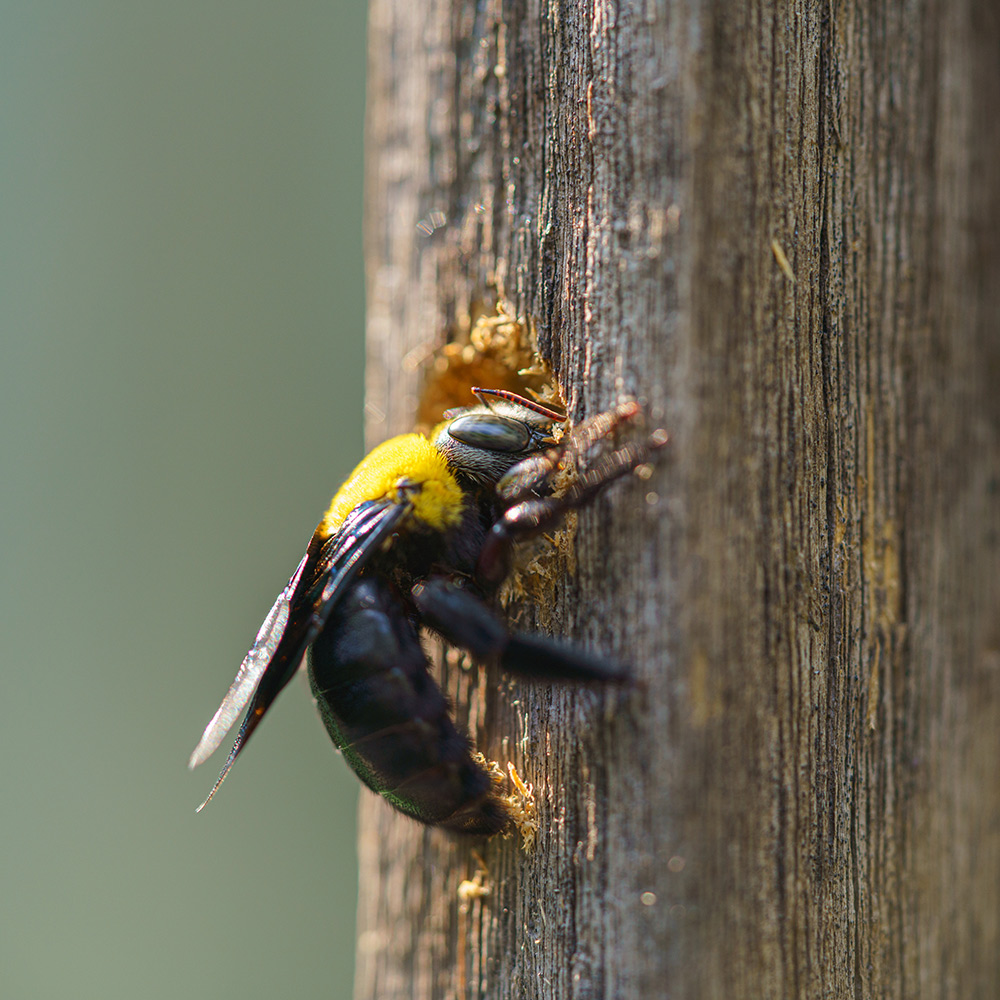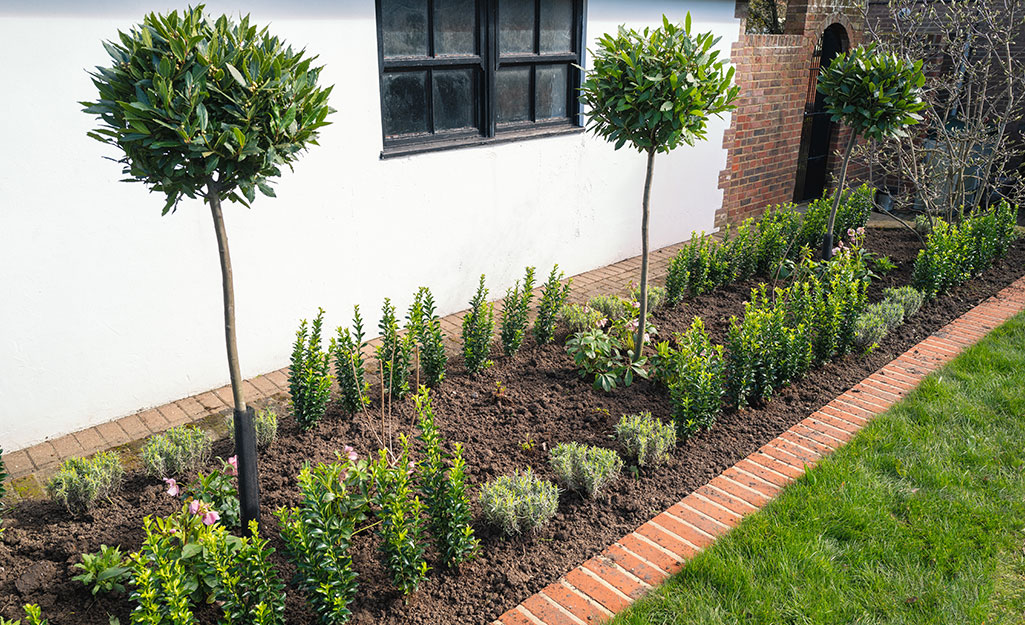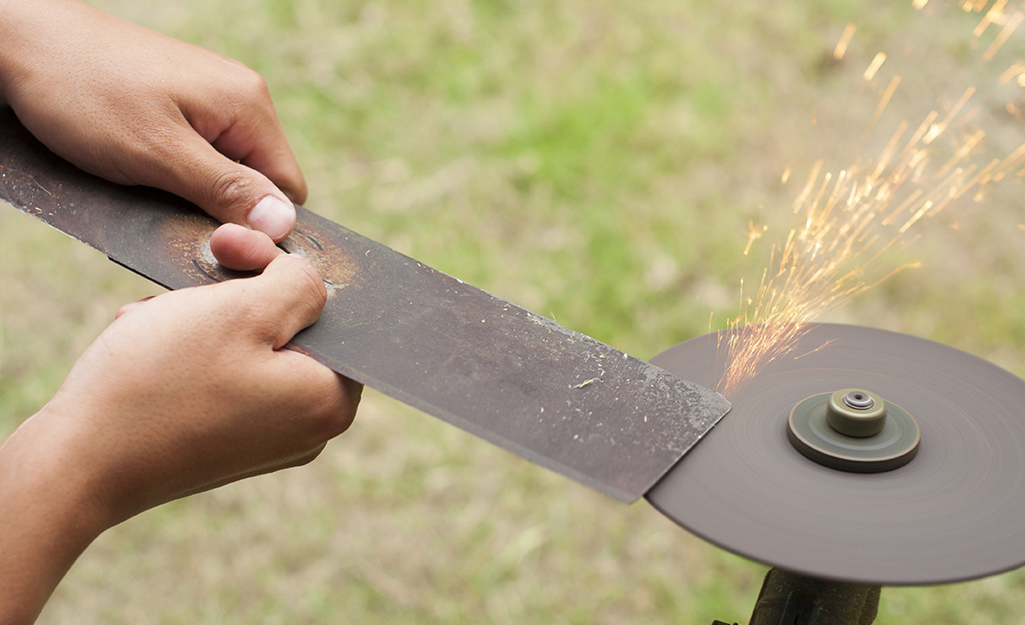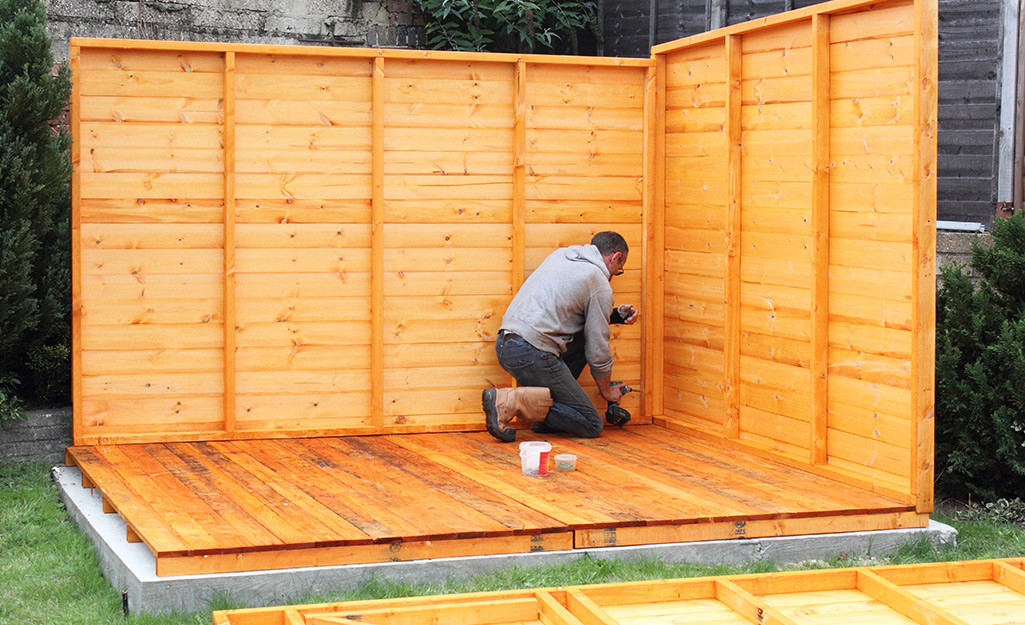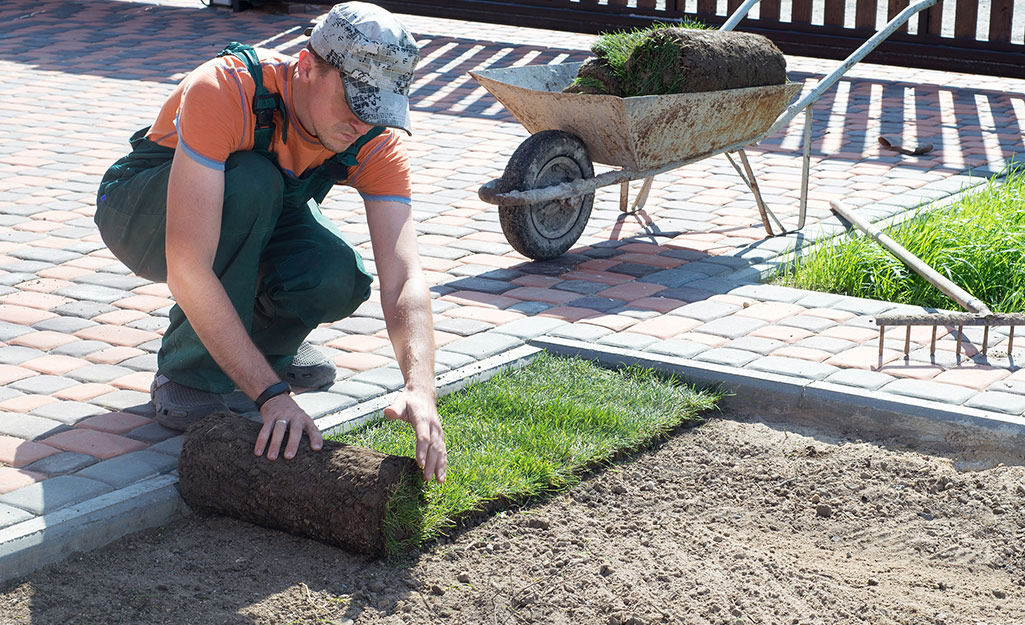
Do you have what you need to make your garden grow?


Garden Center
Store Hours
Mon-Wed:
6:00am - 9:00pm
Thu:
6:00am - 10:00pm
Fri:
6:00am - 10:00pm
Sat:
6:00am - 10:00pm
Sun:
7:00am - 8:00pm
Curbside:
09:00am - 6:00pm
Location
Shop Outdoor and Garden Supplies Near You
Shop Plants Online
Garden Project Calculators
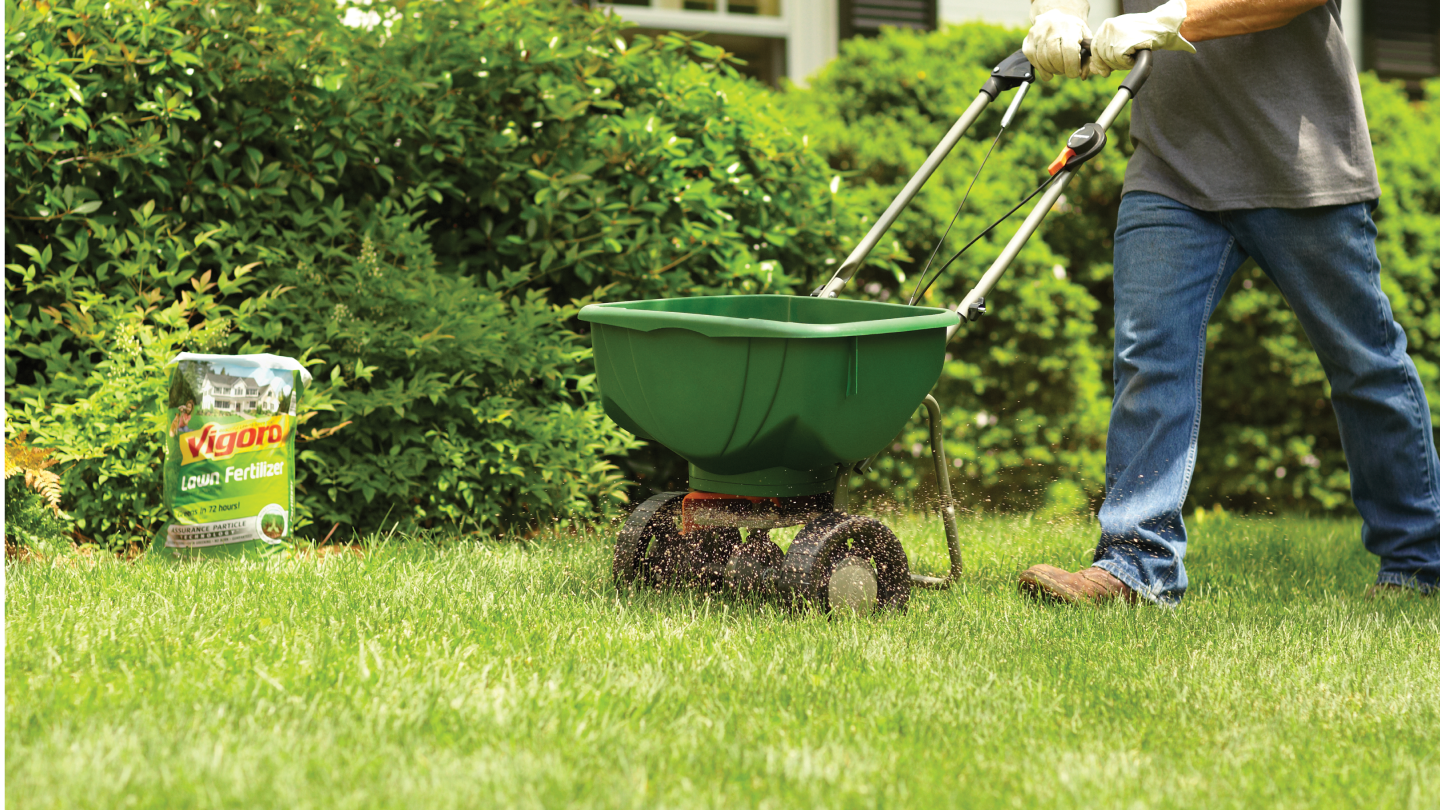;Resize=(703,395.44))
Grass Seed Calculator
When you're ready to seed your lawn, our calculator helps you estimate the amount of grass seed you'll need to get the job done.
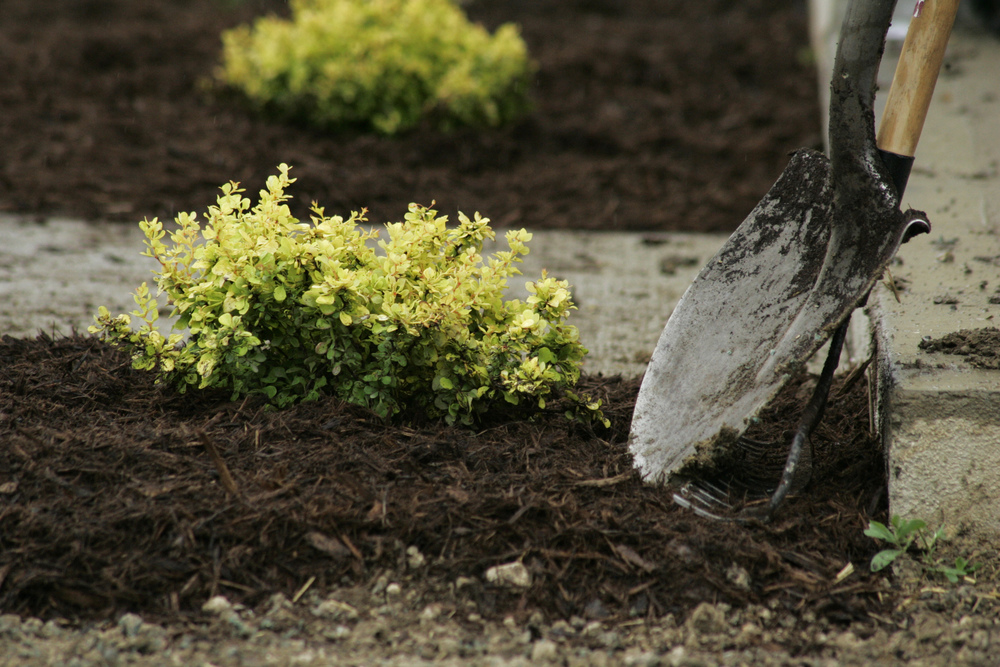;Resize=(703,395.44))
Mulch Calculator
Enter your preferred material, the square footage and mulch depth of the coverage space for accurate results.
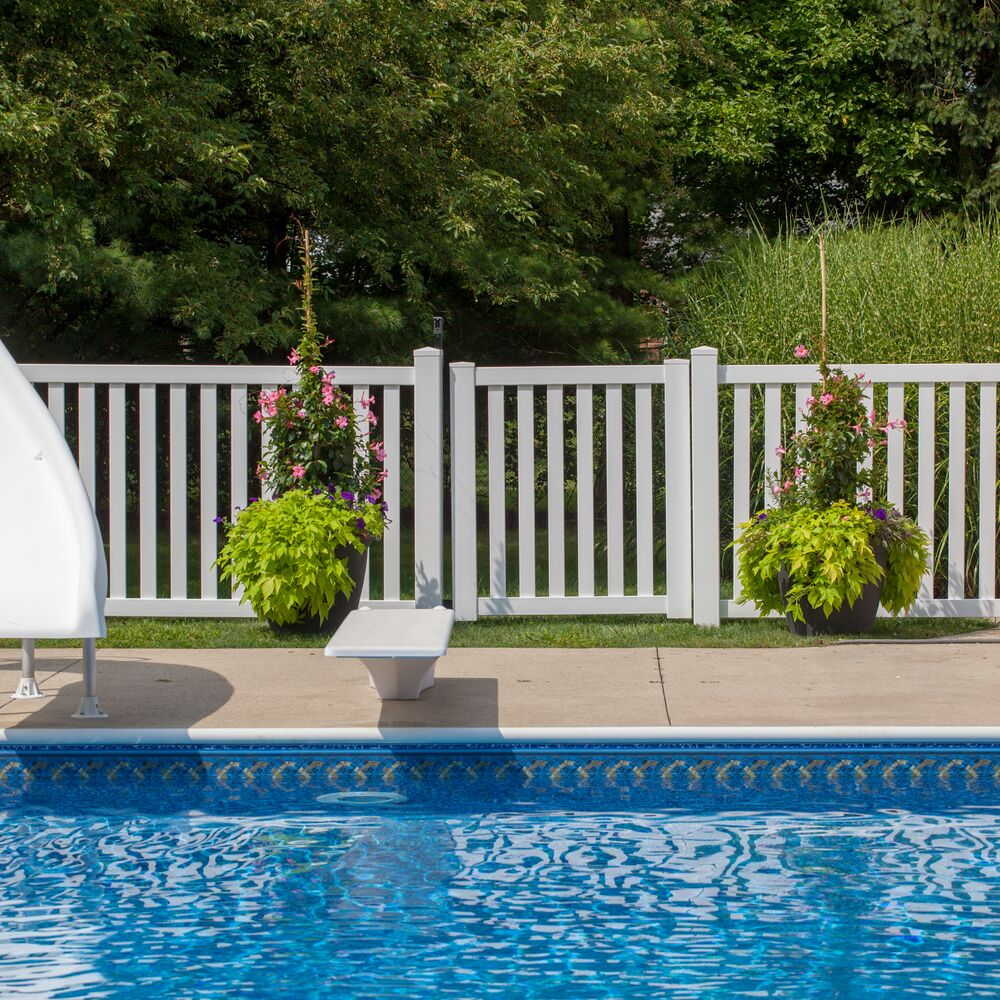;Resize=(703,395.44))
Fencing Calculator
We'll calculate the amount of fencing you should purchase based on your property needs.
Shop Outdoor and Garden Brands
Frequently Asked Questions About Gardening
How do I pick my garden veggies?
If you've never harvested homegrown produce before, you're in for a treat. Autumn harvest includes vegetables like cucumbers, bell peppers, and tomatoes, but also pumpkins and squash. To pick your produce, hold the stem above the veggie tightly between your fingers. Then, with your dominant hand, twist the vegetable until it breaks off the stem.
How can I use downed tree trunks and branches after tree removal?
A wood chipper makes tiny wood chips, while a log splitter leaves you with more manageable chunks of wood. After pruning trees and bushes with a gas chainsaw or hedge trimmers, clean up the debris in a wood chipper. If your trees are healthy, the chopped wood and bark chips make fresh mulch that you can spread around your fall flowers and plants. If you removed a tree, you can either get a log splitter or a wedge and a sledgehammer to break up the wood into smaller pieces. A wood splitter is quicker and a wise investment if you're doing a vast amount of tree cleanup, and bigger is better here.
Is it better to use a rake or leaf blower on fall leaves?
Stay on top of leaf maintenance with just a few tools. For a workout, a quiet cleanup method, and an economical choice, rake your leaves. We've also got leaf blowers if you'd prefer outdoor power tools.
How do I store my garden tools for the season?
To make next spring easier, clean your garden tools before you store them. Remove grime and clay with a soak in soapy water, then dry your tools well. Next, soak them in a bleach and water mix for 20 minutes to kill off any microorganisms, and follow with a rinse. Then, polish off rust with a wire brush, oil them with vegetable oil or WD-40 if necessary, and ensure they're dry before hanging them in a garage or shed.
How do I winterize a hose faucet?
Prepare your outdoor taps for freezing temperatures by draining and covering them with faucet covers. Shutting down the outdoor tap can be put off until washing the car or watering the garden is done for the year, but don't wait until the temps drop into the 40s. With all hoses disconnected, turn off the indoor valves that control the spigots, then run the water until it trickles to a stop. If you have pop-up sprinklers or a drip irrigation system, drain those as well as per the manufacturer's instructions. You may need an air compressor to get every last drop of water out. While you're at it, get a pool vacuum and pool cover and winterize your swimming pool, too.
What tools do I need for snow removal?
In climates where it gets cold and snowy, early fall is the time to prepare your snow removal equipment. Snow blowers are great, but keep an ice scraper and snow shovel to chip away ice patches and clear trouble spots. We carry gas snow blowers, electric snow blowers, and cordless ones, too. Rock salt and ice melt can clear walkways with less effort and help keep you safer when you make quick trips to the mailbox. Prepare now before the snow starts falling.
Garden Project Ideas
The Home Depot Garden Center at Brick
When a crisp day breezes in, hinting at the seasonal change, take advantage of it to do outdoor maintenance. Bushes and trees need a trim with pole saws, pruners, and chainsaws as they're slowing growth for the season. Fallen leaves are likely a concern, so check out leaf blowers, rakes, and lawn bags. Also, remember to get buckets and a wheelbarrow to gather your fall harvest. You may even be able to garden throughout fall and into winter, if you'd like. Read on to learn how to transition to your fall lawn and garden.
Patch or Fertilize Your Lawn
Patch up bald spots on your lawn by spreading fresh grass seed. Autumn is a great time to fill in dead or brown places in your yard. However, you should try to keep leaves off freshly seeded areas. New grass seed needs air, sun, and water to grow, and leaf litter can block out the air and sunlight it needs to germinate.
If your lawn is in good shape, make sure it stays that way by applying lawn fertilizer if you have cool-season grass. Aerate your lawn before adding fertilizer to get those nutrients down near the roots right off the bat. An edger gives extra polish to the perimeter of your yard. Water your cool-season lawn regularly and tend to any pesky fall weeds that show up. Warm-season varieties, like those in the southern states, are winding down their growth for the year. It's better not to fertilize it now, as you don't want fresh grass growing right before it goes dormant. Taper down watering on warm-season lawns.
Fall Gardening
Fall planting is often overlooked, but autumn is the perfect time to get additional flowers in your garden. Chrysanthemums, often just called "mums," provide a beautiful pop of fall color. Find them in shades of white, pink, purple, orange, red, and yellow. You might also choose some marigolds for yellow, orange, and red blooms that last until the first frost, or longer if you shield them. Remember to explore the wide variety of fall plant and flower options.
Shrubs and succulents often flower in the fall, especially if they're already established in the ground or kept in flower pots. Succulent planters allow for easier upkeep of sensitive succulents. You can customize the soil to fit these desert plants, as they need a sandy succulent soil mixture.
For shrubs, look after the ones you've got or plant new ones, weather permitting. Get in new plants now, especially if you're in a warmer climate and have time before the cold and frost comes. If you use retaining wall blocks to accent or surround your garden, try giving a finished look with rubber mulch. It'll overwinter just fine and look new longer than bark chips or other mulches that fade with weathering.
Cut and Cover Perennials
In climates where you might have a cold snap and then warm up above freezing again, cover your plants. Protect your garden from frost and freeze damage to extend their season. You can get extra life out of your garden by covering your plants with buckets, tarps, or even painting drop cloths. It'll warm your plants like a greenhouse or blanket, and they'll survive a frost.
This works well when the weather is still transitional, until you're fully into the colder parts of the season. Uncover the plants when it warms up again and let them enjoy that autumn sunshine. Once the temperatures regularly dip below freezing, say goodbye to the garden for the rest of the year.
Put the Garden to Bed
When your annuals start looking rougher, it's time to dig up the plants. Northern climates might be putting the garden to bed for the season in October or November, while warmer climates might wait until November or December. After your annuals are done blooming for the year, dig them up and dispose of the dead plant debris. You can let them return their nutrients to the soil, but there are two exceptions: if your plants dealt with blight or if you had a snail problem.
If your garden is prone to snails, you'll want to let the old plant matter decay elsewhere. Snails and slugs dine on decaying plants. Moving those plants to another location will help prevent your garden from being overrun by these creatures in the spring. Although snails and slugs are often considered garden pests, they're still part of the ecosystem, so relocate them elsewhere if you can. As for the exception of your plants struggling with blight or disease, simply pack up those dead plants in the yard waste bag to avoid passing any issues on to next year's crop.
After you've removed the old plants, you have a clean slate. Prepare your garden bed for the spring by rotating the soil with a shovel or renting a rototiller. You want to send the topsoil down, bring up the deeper soil, and loosen the earth. It helps nutrients penetrate and lets the soil rest. It's also an excellent opportunity to test the soil and see what, if any, soil amendments you need. Different crops and plants use different nutrients. Test your soil to see if it's balanced or if you should restore certain nutrients that have been depleted.
Indoor Gardening
Gardeners with potted plants can extend their growing season by bringing the plants indoors to a sunny window. Indoor gardening allows both outdoor plants to live longer and house plants to bring joy into your home. Just turn them regularly to give all those leaves equal sunlight for photosynthesis, and make sure they get enough water. If the pots don't have built-in overflow dishes, be sure to add shallow bowls beneath them to catch any extra water.
Warm the Outdoors with a Fire Pit
Stretch out your fall evenings with an outdoor fireplace, patio heater, or fire pit to take off the chill. No matter if you're looking to heat a small patio, a cozy back porch, or a spacious deck, we've got options. All you have to do is discover the one that matches your decor style.
We've got fire bowls and fire pit tables ready to warm your outdoor space. Check out stylish propane and natural gas fire pits in a variety of shapes. We've also got woodburning fire pits and the firewood to stoke them. You can even build your own with fire pit kits or make it completely custom and build an in-ground fire pit to fit your vision with pavers that lead to and surround the pit. Stop by your closest garden center to see what's in stock.
Ease Into Fall
This fall, shore up your flowers and plants for the season with us. We've got everything you need for leaf cleanup, putting the garden to bed, and restoring nutrients to your soil so it's ready for next spring. Shop our wide variety of outdoor living products in your Brick store, online, or in our mobile app.
Nearby Stores
Find Another Store
1900 Shorrock St
Lakewood, NJ 08701
2.16 mi
Mon-Wed: 6:00am - 9:00pm
Thu: 6:00am - 10:00pm
Fri: 6:00am - 10:00pm
Sat: 6:00am - 10:00pm
Sun: 7:00am - 8:00pm
1334 Lakewood Rd
Toms River, NJ 08755
7.18 mi
Mon-Sat: 6:00am - 10:00pm
Sun: 7:00am - 8:00pm
1990 Route 9
Howell, NJ 07731
10.21 mi
Mon-Wed: 6:00am - 9:00pm
Thu: 6:00am - 10:00pm
Fri: 6:00am - 10:00pm
Sat: 6:00am - 10:00pm
Sun: 7:00am - 8:00pm
)
)
;Resize=(300,300))
)
.jpeg?im=Crop,rect=(363.69230769230774,1.2307692307692308,958.7692307692308,958.7692307692308);Resize=(300,300))
;Resize=(300,300))
;Resize=(300,300))
;Resize=(300,300))
;Resize=(300,300))
)
)
)
)
)
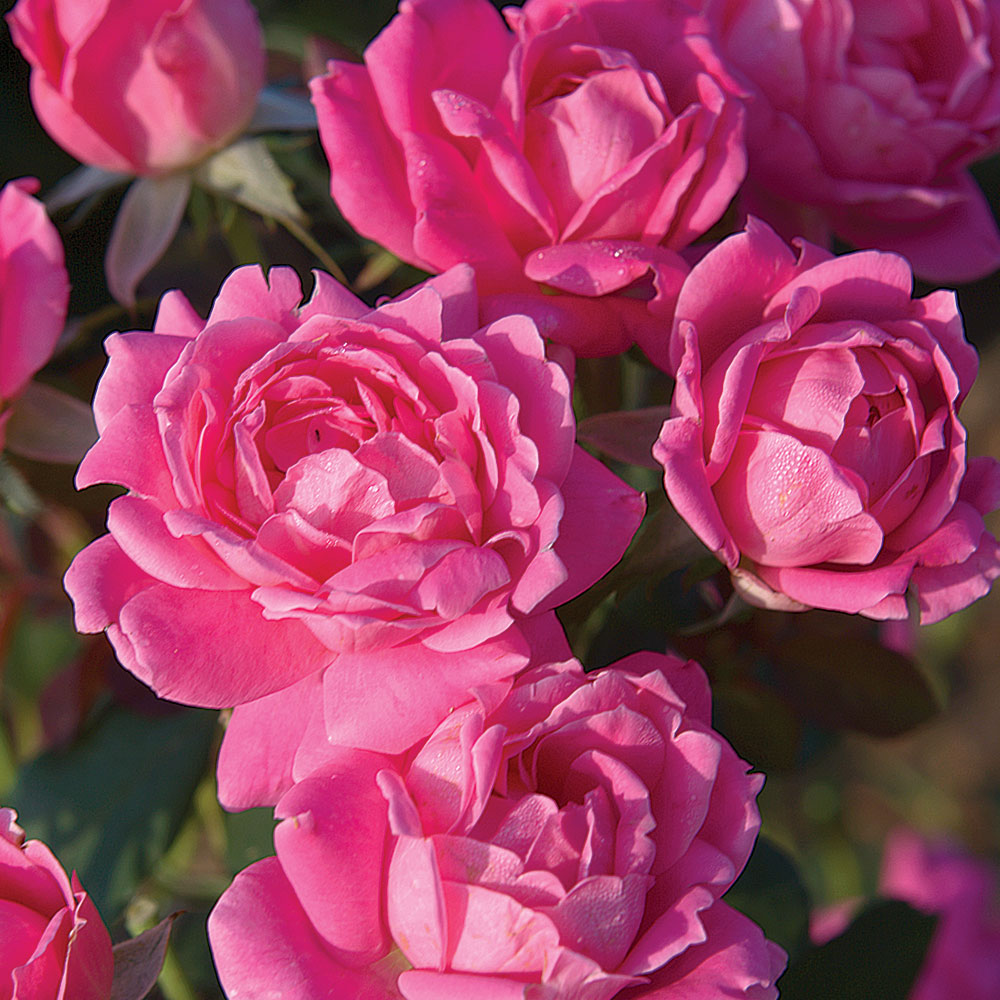)
)
)
)
;Resize=(300,300))
;Resize=(300,300))
)
)
)
)
;Resize=(300,300))
)
)
;Resize=(300,300))
;Resize=(300,300))















